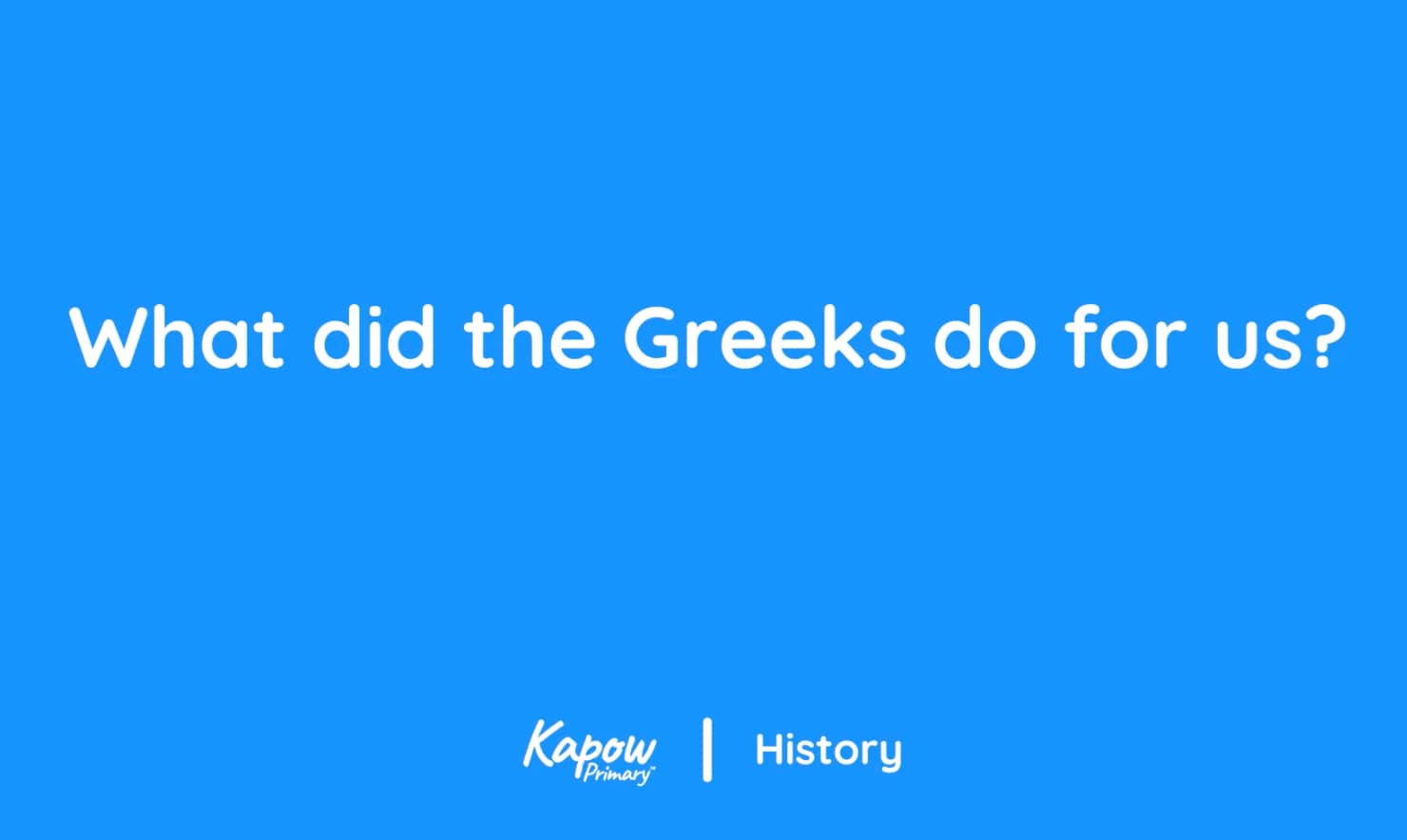
This History video introduces teachers to the concept of legacy by exploring the achievements of Ancient Greek civilisation and the enduring impact of their ideas on the modern world. It covers key developments including democracy, philosophy, mathematics, science, medicine, language, architecture and the Olympic Games, as well as the influence of figures such as Alexander the Great.
This video is part of Kapow Primary’s History scheme – Greeks. It supports the teaching of substantive knowledge through a focused examination of cultural, political and intellectual legacy. It equips teachers to guide pupils in evaluating significance, drawing connections between the past and present, and creating a commemorative activity that encourages thoughtful reflection and historical reasoning.
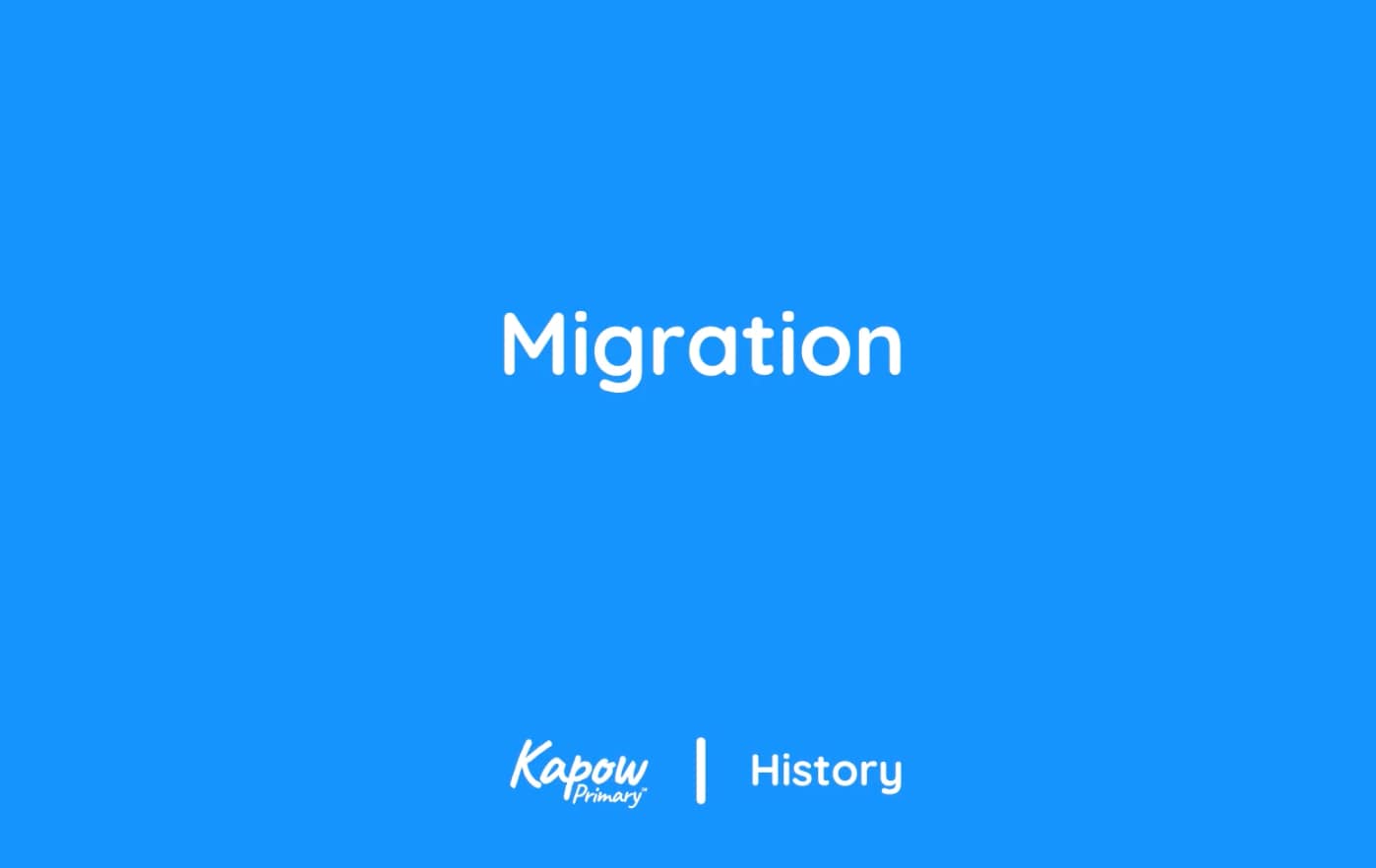
This History video introduces teachers to the key concept of migration and provides the background knowledge needed to support pupils in exploring why people move and how this has shaped Britain. It explains different types of migration – voluntary and forced, internal and international – and highlights both historical and contemporary reasons people migrate, including work, study, family ties, and escaping conflict or climate change. The video outlines examples such as the Beaker people, the Romans, the Irish, and twentieth-century arrivals from the Caribbean and Asia, encouraging a nuanced understanding of how migration has contributed to the development of Britain.
This video is part of Kapow Primary’s History scheme – migration. It supports teachers in preparing to teach sensitive and sometimes controversial topics. It includes guidance on how to handle classroom discussions respectfully, address stereotypes, and introduce the concept of bias in sources. Teachers are encouraged to use archaeological evidence, such as the Jorvik finds, to challenge outdated views – like those about the Vikings – and foster a deeper understanding of migration as a vital and enriching part of Britain’s history.
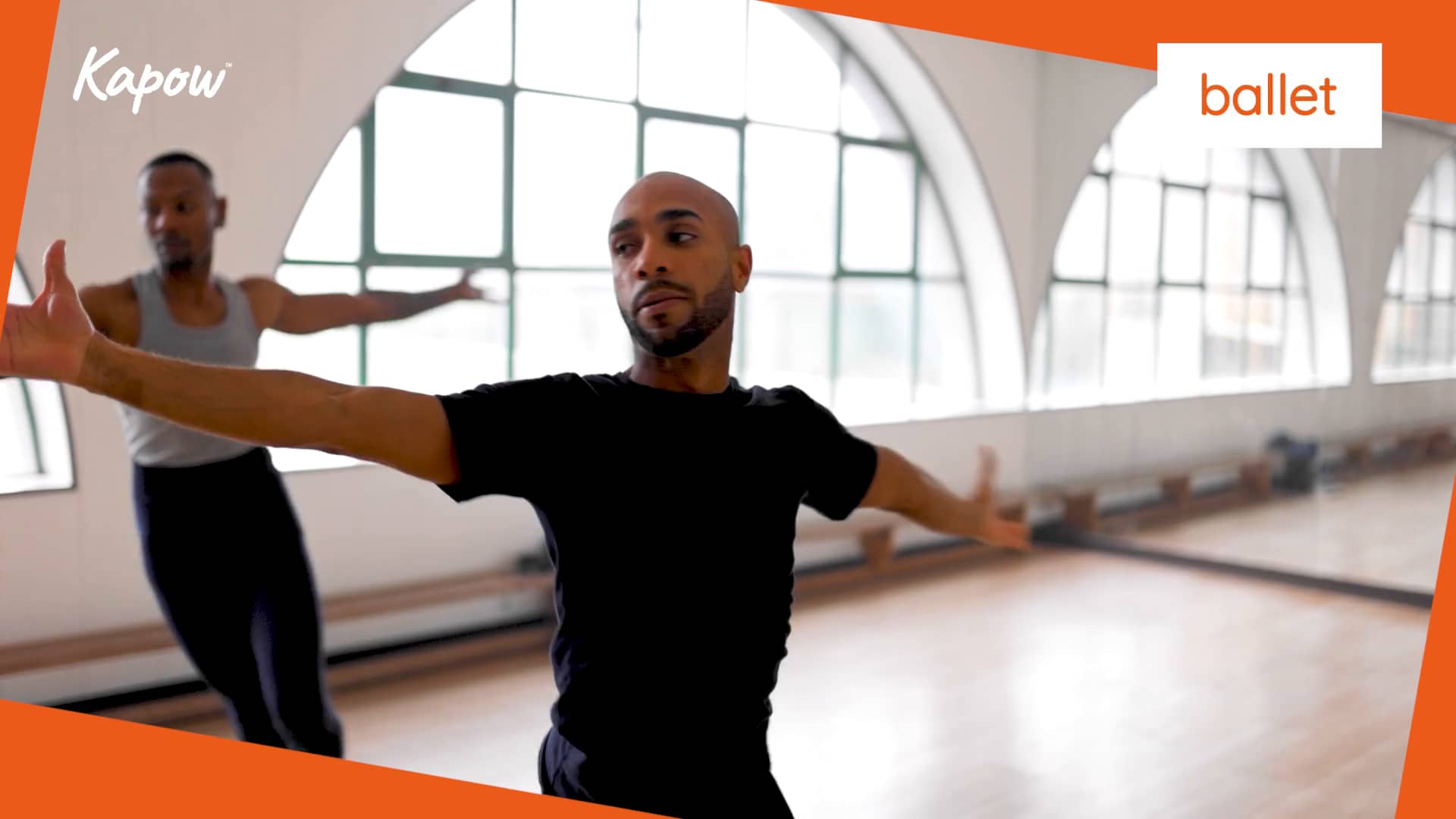
A short video of athletes in action to support pupils with drawing dynamic body positions.
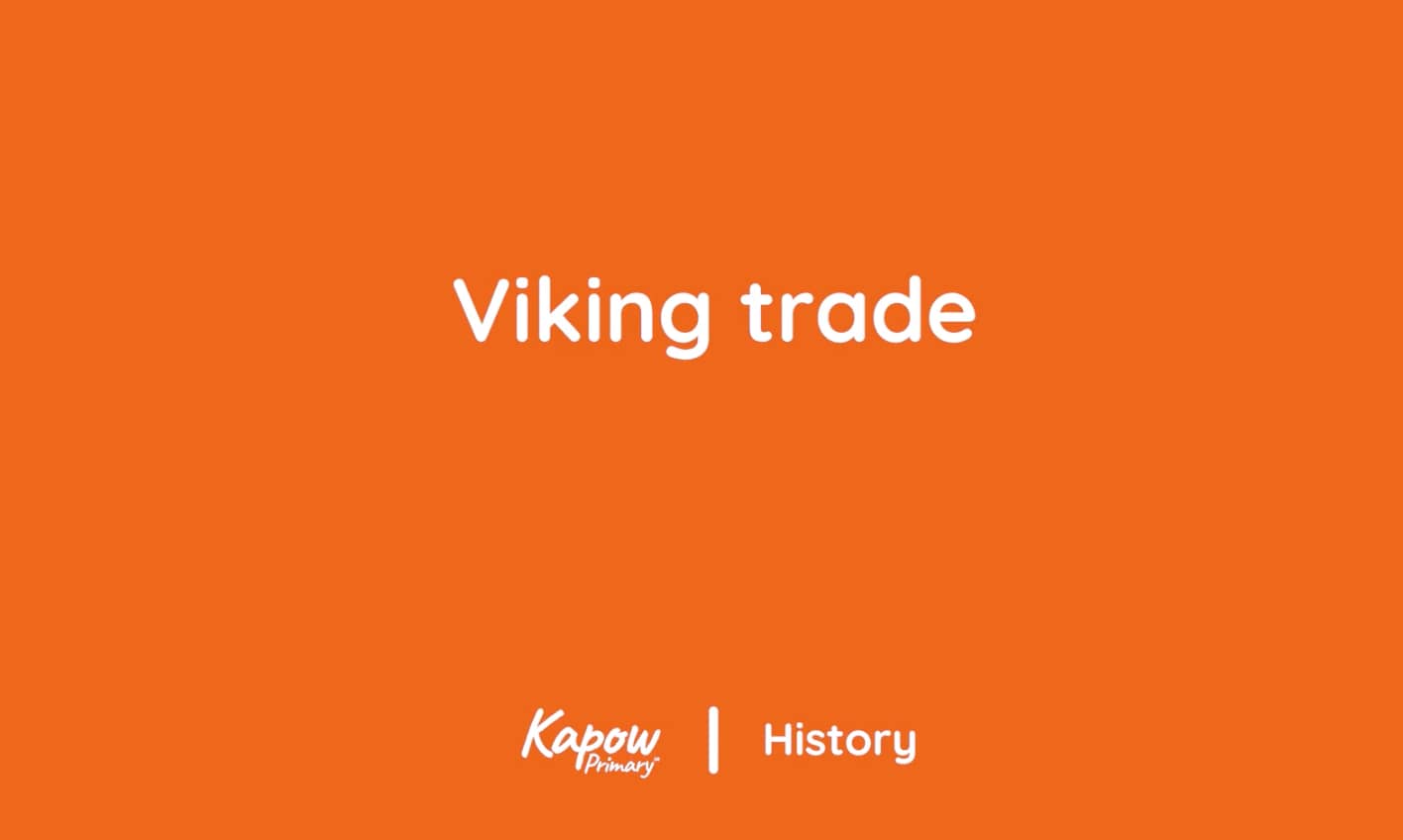
This Kapow pupil video is part of the Kapow History scheme of work. It explores how the Vikings used trade to get the things they couldn’t make themselves, and how trading helped them travel, learn and grow as a society. Pupils will discover that the Vikings traded goods like timber, furs, and amber for items such as spices, wine, and silver, and used their impressive longboats to sail across the seas on important trading routes.
The video explains the five key Viking trade routes, from the North Atlantic to the Baltic and Black Seas, showing what goods were exchanged and which regions were involved. Pupils learn how these journeys not only helped the Vikings become wealthy but also brought about cultural exchange. They picked up new ideas, built relationships with foreign communities, and even established settlements in new lands, all through the power of trade.
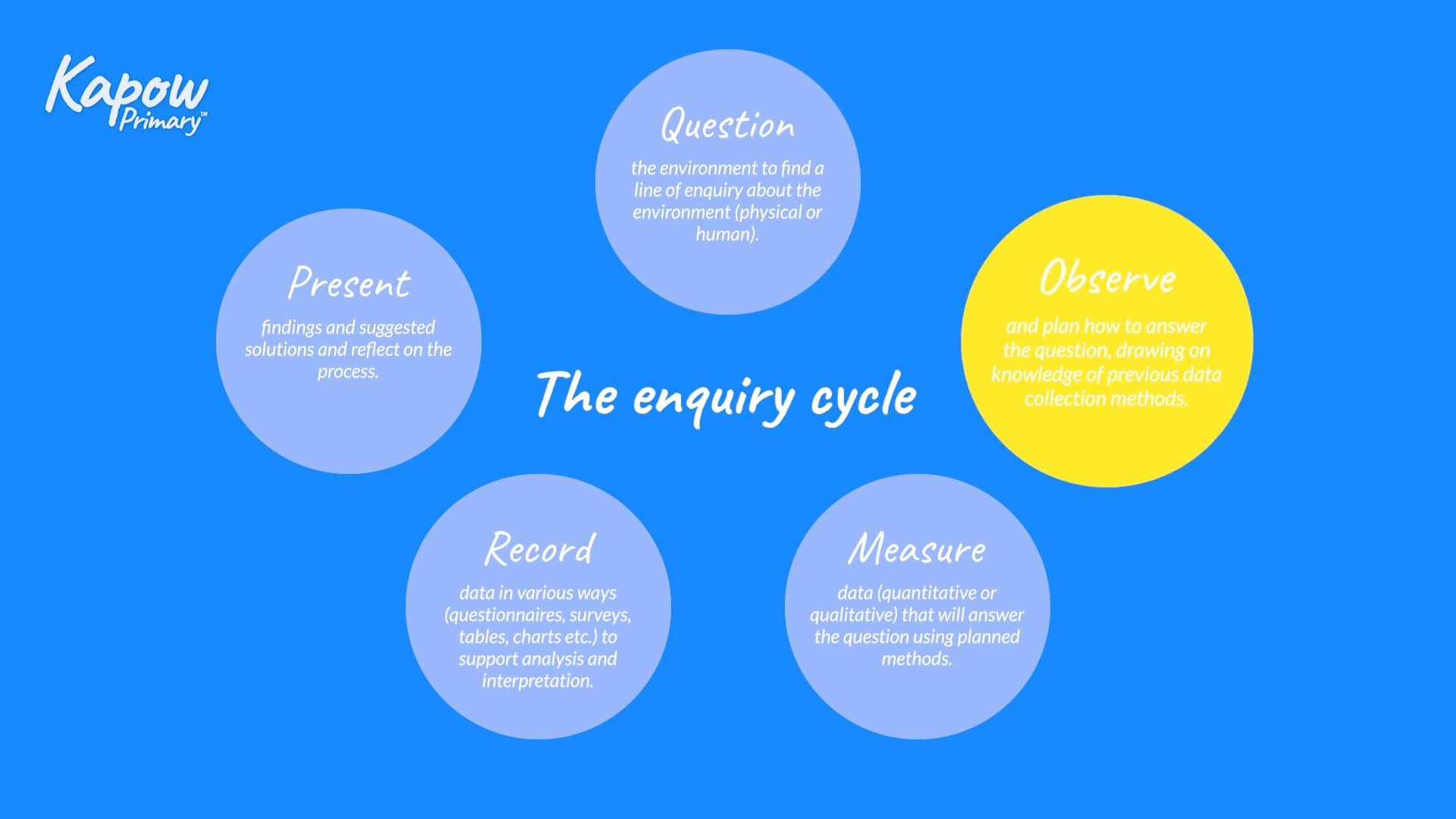
This video prepares teachers to lead a population-based fieldwork enquiry, guiding pupils through data collection, analysis and digital reporting.
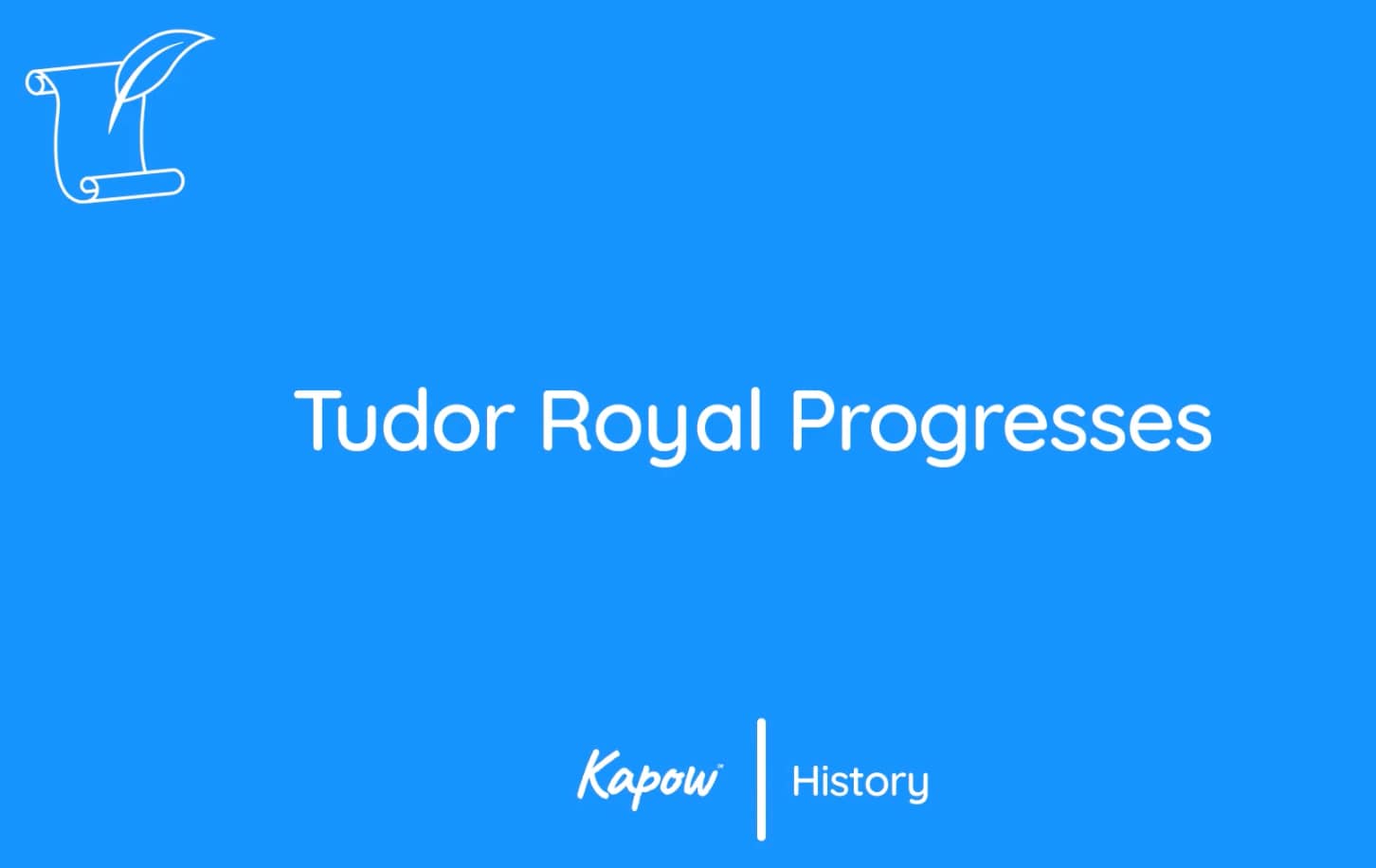
This History video introduces teachers to the tradition of royal progresses during the Tudor period, focusing on their political importance and public impact. It explains how monarchs like Henry VII, Henry VIII, and especially Elizabeth I used these extensive tours to secure loyalty, demonstrate power, and escape the unhealthy conditions of London.
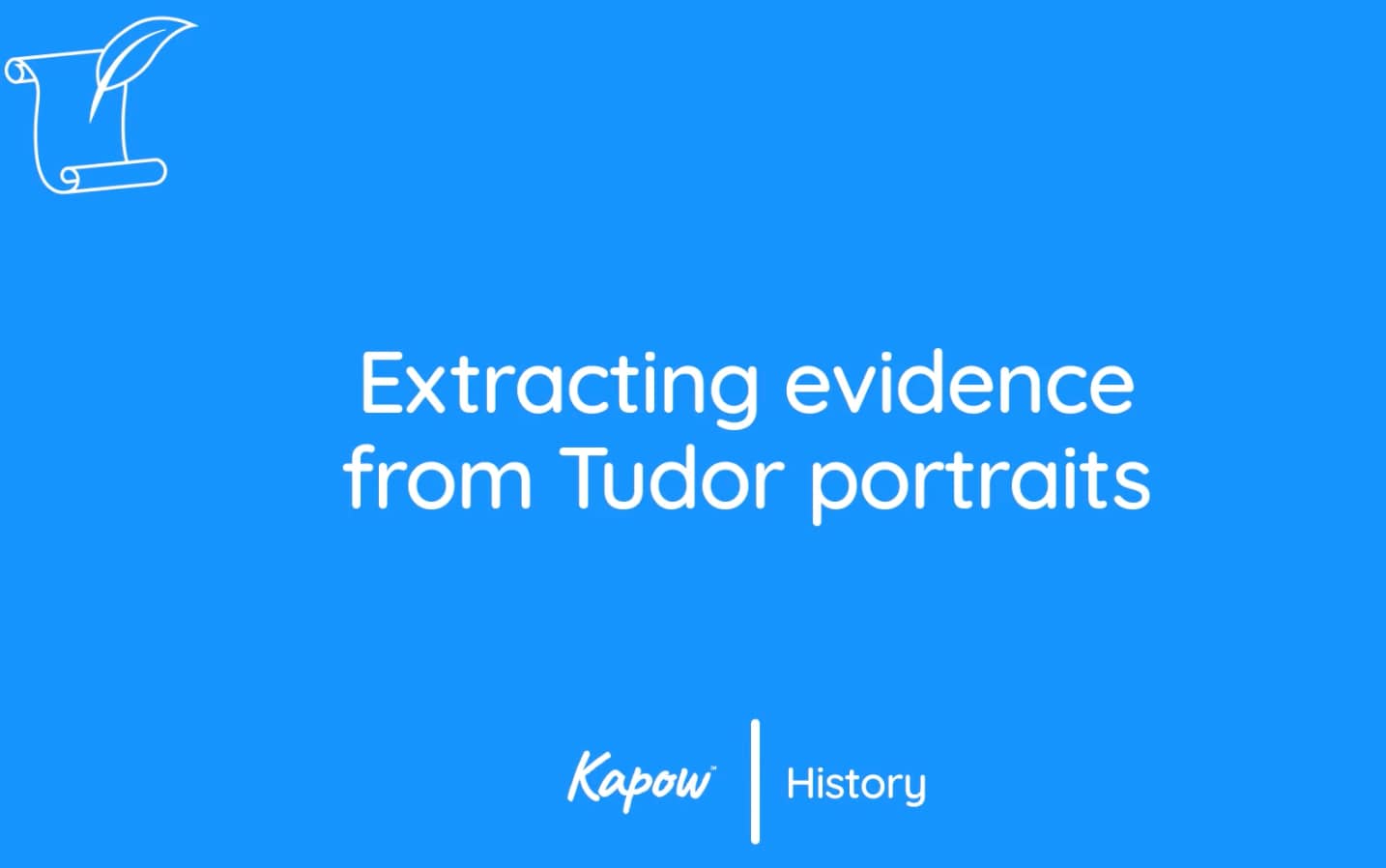
This History video introduces teachers to how portraits function as primary sources for interpreting the past, particularly during the Tudor period. It explores the ways Tudor monarchs used paintings to shape public perception and project power, especially after the instability of the Wars of the Roses. Focusing on Henry VII’s need to establish peace and Henry VIII’s efforts to reinforce his authority, the video explains how portraits acted as propaganda to demonstrate wealth, strength, and control.
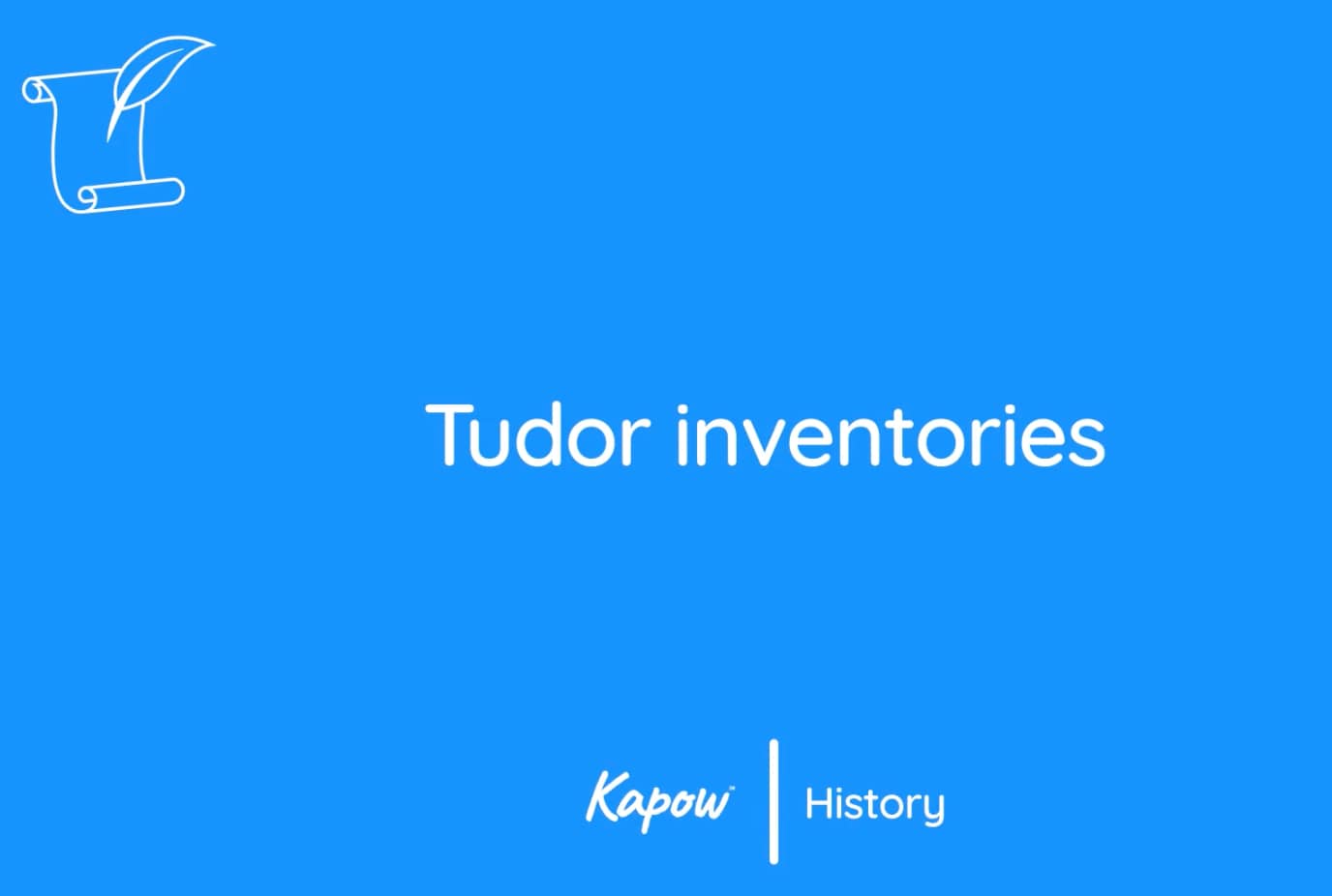
This History video introduces teachers to the use of wills and inventories as primary sources for understanding Tudor life. It explains how inventories were created separately from wills and provide valuable insights into wealth, occupation, and daily life between 1500 and 1750.
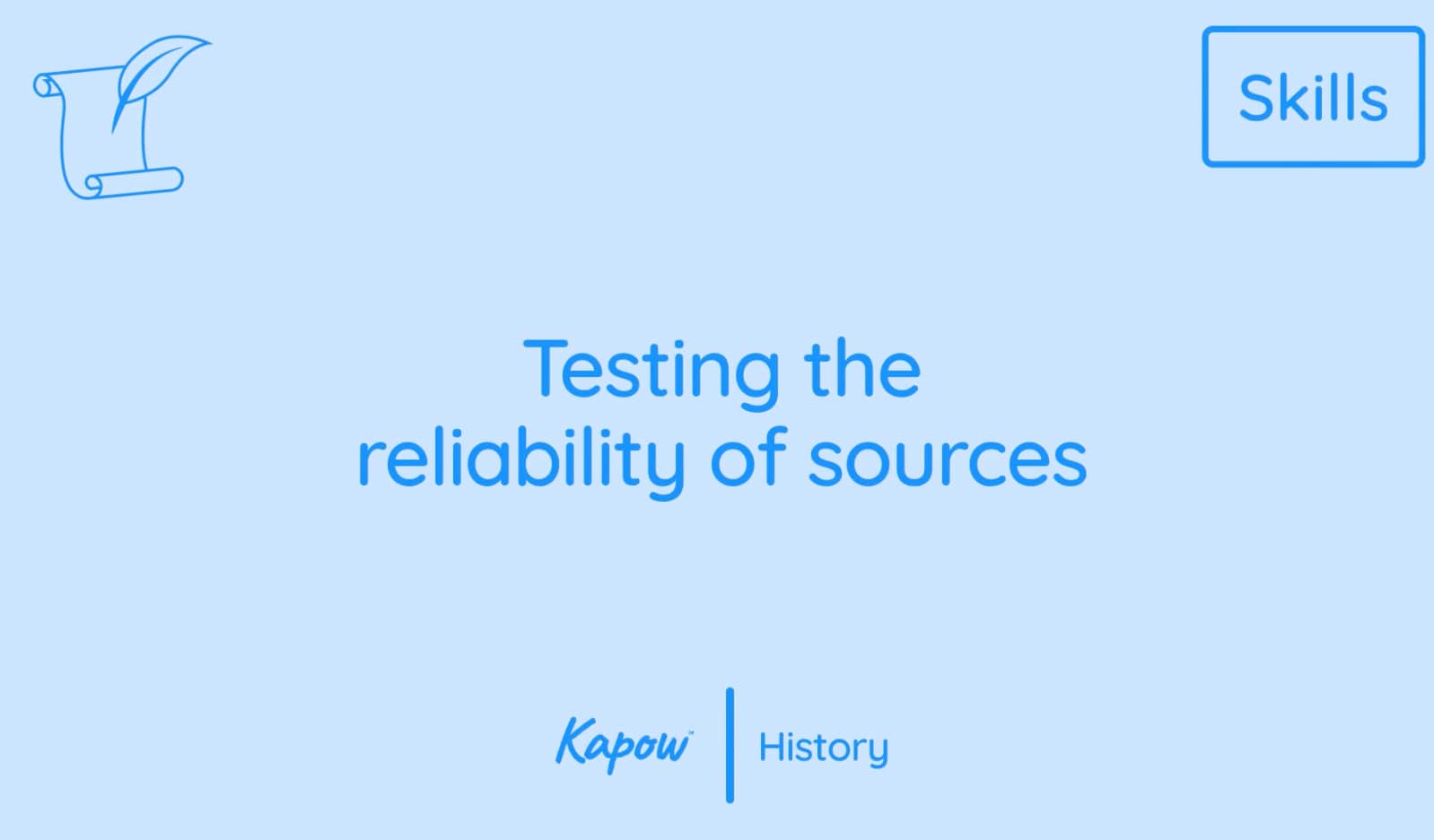
This History video introduces teachers to the concept of source reliability and how it supports children in making informed judgements when investigating the past. It explores how children can evaluate sources using criteria such as origin, purpose, audience, accuracy, and creator. The video uses a portrait of Elizabeth I to model the process, showing how to assess a source’s trustworthiness while understanding its potential bias or limitations. It reinforces the idea that all sources have degrees of reliability, and that historical understanding requires careful interpretation and questioning of evidence.









